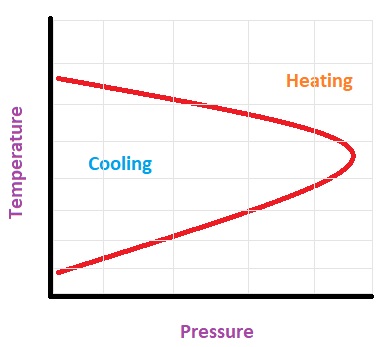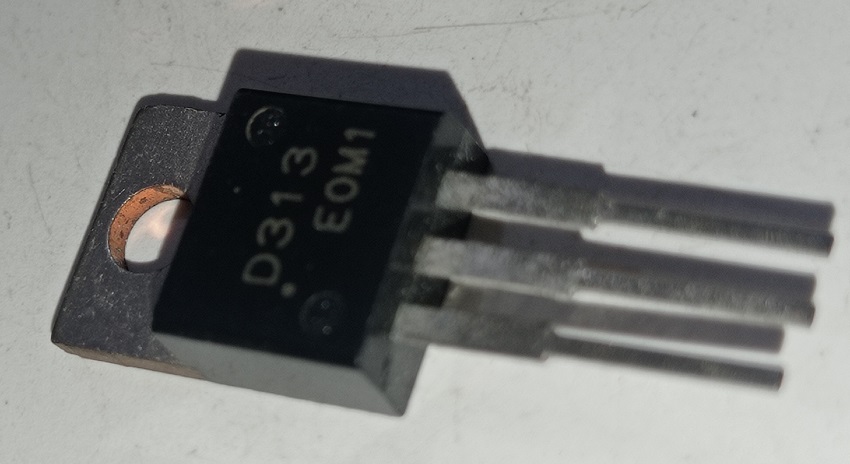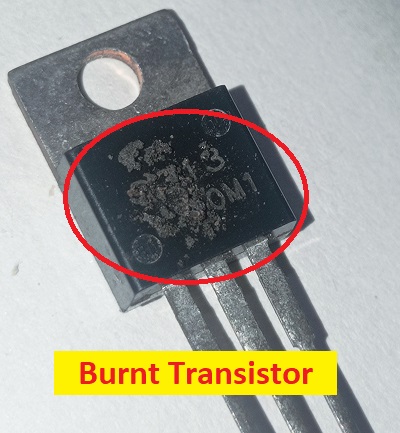Transistors are one of the crucial components that are almost always present in any electronic device. It is because of their revolutionary features.
As the size and intricacy of electronic systems continue to decrease and increase, one persistent challenge remains heat generation. It is common knowledge that transistors tend to heat up during operation and that this temperature increase can significantly affect their performance and dependability.
This article explores the factors contributing to transistor heating, the effects of excessive heat, and the various mechanisms used to manage and dissipate this thermal energy. Understanding the thermal challenges that transistors confront is crucial for engineers and designers.
Why Does The Transistor Get Hot?
It happens mostly because of the Joule effect, the qualities of semiconductors, off-state leakage, corresponding bad components, high voltage, and the power needed for the transistor to work. Transistors are important parts of many electronic gadgets, and they can sometimes get hot when working.
The effect of Joule
The Joule effect is how heat is produced when an electric current flows through a circuit. It is also called resistive heating or ohmic heating. Even though transistors are not mainly resistive devices, they have small resistances inside them where this effect can happen.
When current runs through these resistances, collisions between the charge carriers (electrons) and the lattice structure of the conductor (resistor) create heat.
Semiconductor Properties
Semiconductors, such as silicon, are used to make transistors. When you put a charge between these materials, electron-hole pairs are formed. These pairs of electrons and holes help the current move. But not all of these pairs work well together to make the current, which causes inefficiencies that get turned into heat.
The loss of power
Transistors work by turning a small amount of power coming in into a larger amount of power coming out. But no transistor is 100% effective, so some of the power put in is lost during this process. This power loss is turned into heat, which warms up the transistor.
Off-state leakage
When a perfect transistor is turned off, no current should run through it. But because of physical factors and flaws in how the transistor is made, a small amount of current can still flow between the terminals even when the transistor is meant to be off causing heat.
It is called “leakage from the off-state.” How much off-state leakage there is depends on how the transistor is made and the technology used.
Bad Corresponding Components
Due to excessive current flow, insufficient heat dissipation, incorrect biasing, voltage and frequency mismatch, or impedance mismatch, the use of corresponding faulty components can result in transistor overheating. It is essential to carefully select and match the components so the transistor operates within secure operating conditions and avoids overheating problems.
Higher Voltage
Typically, transistors are built with specific voltage and current ratings. Transistors must be operated within their specified voltage and current limits to prevent overheating. In addition, proper heat dissipation techniques, such as heat sinks or cooling blowers, can be implemented to manage the generated heat and maintain the transistor’s safe operating temperatures.
Can Overheating Damage the Transistor?
Yes, excessive heat can compromise a transistor’s stability. Transistors, much like many other electronic components, have temperature ranges in which they operate optimally; going outside of these ranges can result in damage or even complete failure of the component.
Moreover, power loss occurs in the transistor due to overheating. If this heat is not controlled properly, the junction temperature may grow to levels that cause the transistor’s performance to be impaired or damaged.
It is because an increase in junction temperature causes an increase in the rate of dopant diffusion inside the semiconductor material, which in turn causes an alteration in the device’s electrical characteristics.
In addition, continuous exposure to high temperatures can induce physical changes, such as melting of the solder joints or degradation of the packing materials, all of which can lead to failure if the conditions are not properly managed.
When a transistor gets too hot, one of the potential problems that can occur is called thermal runaway. Because of this phenomenon, an increase in temperature causes the transistor to draw more current, generating more heat. It leads to a deadly loop that might result in the transistor failing catastrophically.
How Do I Know If a Transistor Is Burnt?
Damage to a transistor is the first sign that it may have been burned. It can show up as discoloration, a burnt smell, a cracked or broken case, or even smoke or burn lines you can see. Moreover, a burnt transistor will produce a lot of heat with a stinky smell.
Even though these signs often mean that a transistor has burned out, they are not always present, and the fact that they are not present does not mean that the transistor is working properly.
Second, the gadget that contains the transistor might act strangely. For example, it might turn off and on randomly or not turn on at all. It might also make strange noises or get very hot. It is because a faulty transistor can cause voltage differences or make the gadget not use the right amount of current.
But testing a transistor with a voltmeter is the best way to know for sure if it’s burned out. A voltmeter can measure things like voltage, current, and resistance. You’d often use the diode testing tool on the multimeter to test a transistor.
A good transistor’s base-emitter and base-collector junctions would show a forward bias, while the reverse bias junctions should show an open circuit. If it’s not showing, then it isn’t very accurate.
Conclusion
There are many reasons why transistors heat up, but the main ones are the Joule effect, the features of semiconductors, power loss, off-state leakage, mismatched components, and high voltage.
As a byproduct of the transistor’s function, these factors cause heat to be produced, which, if not managed well, can cause the junction temperature to rise to levels that can damage or even destroy the transistor. When these heat levels rise out of control, it can lead to a situation called “thermal runaway,” which can cause the transistor to fail very badly.
To keep the transistors from overheating and to ensure they work at their best, it is important to use the right heat removal techniques and run them within their voltage and current limits.
Also, it’s important to immediately notice the signs of a burned-out transistor. These signs include physical damage, strange device behavior, or readings from a voltmeter.









